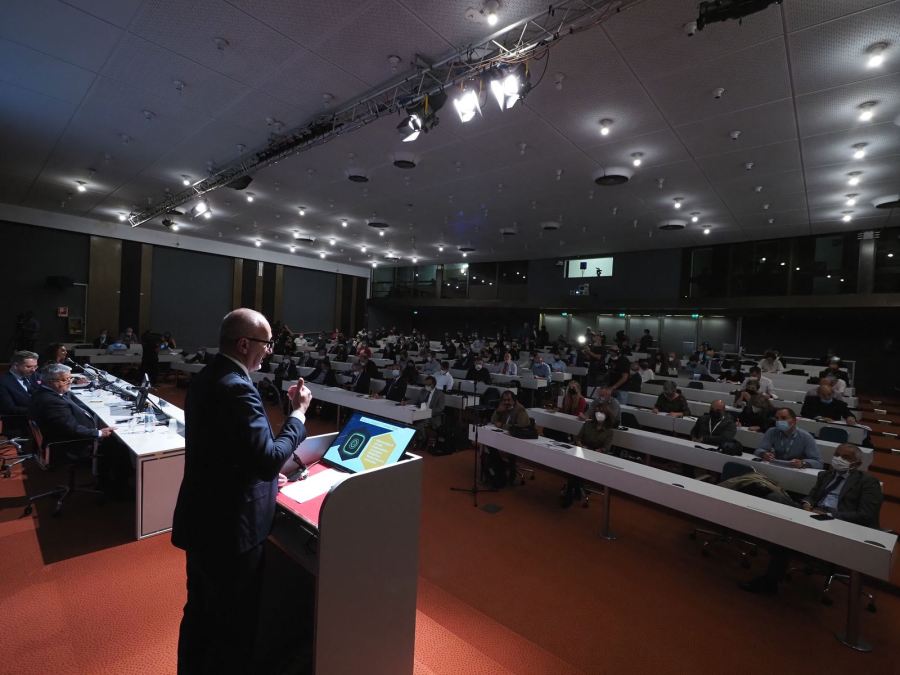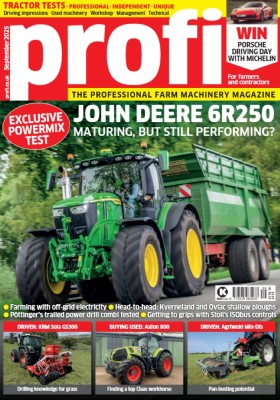Sales of tractors and agricultural machinery are growing at an unprecedented rate in all the main markets, but the difficulties in logistics and the shortages and rising costs of raw materials could bring everything to a screeching halt.
These were the main messages to come out of a FederUnacoma press conference at this week’s Italian EIMA show. Tractor data collected by the Italian farm machinery manufacturers association points to consistent growth in North America where the number of registrations increased by 12% during the first nine months of this year to almost 246,000 units.
India, the world’s largest market in terms of units sold, saw registrations increase by a quarter to 680,000 units in the same nine months. Tractor registrations are also up in Russia (+25% to over 17,400 units first six months of this year), and the 10,700 units registered during the first half of the year in Japan represents a 35.7% increase.
Closer to home, registrations for the first nine months of this year in Germany stood at approximately 25,700 units (+6.8%), and registrations increased 13% to 8,245 units in Spain. Italy also stands out with a growth rate of 44% (18,510 units) and in the UK, the 9,852 tractors registered during the first nine months of this year is 19% higher than at the same stage last year (more details in a separate story).
“This market boom is partly linked to the global economic recovery and good performance of agriculture and its growth prospects in the coming years,” explained FederUnacoma president Alessandro Malavolti.
However, he suggested that the strong growth in production risks being held back. “Global demand for agricultural technology remains very high, but in the coming months the growth trend is likely to come to a screeching halt because of the difficulties in logistics and the shortages and rising costs of raw materials.”
He blames China for the raw materials crisis, which has reduced its exports of steel and ferrous materials to satisfy its fast-growing domestic demand. “As a result, the purchase price of supplies for the agricultural machinery industry has risen dramatically, in some cases by as much as 100%. This is a global problem.”






